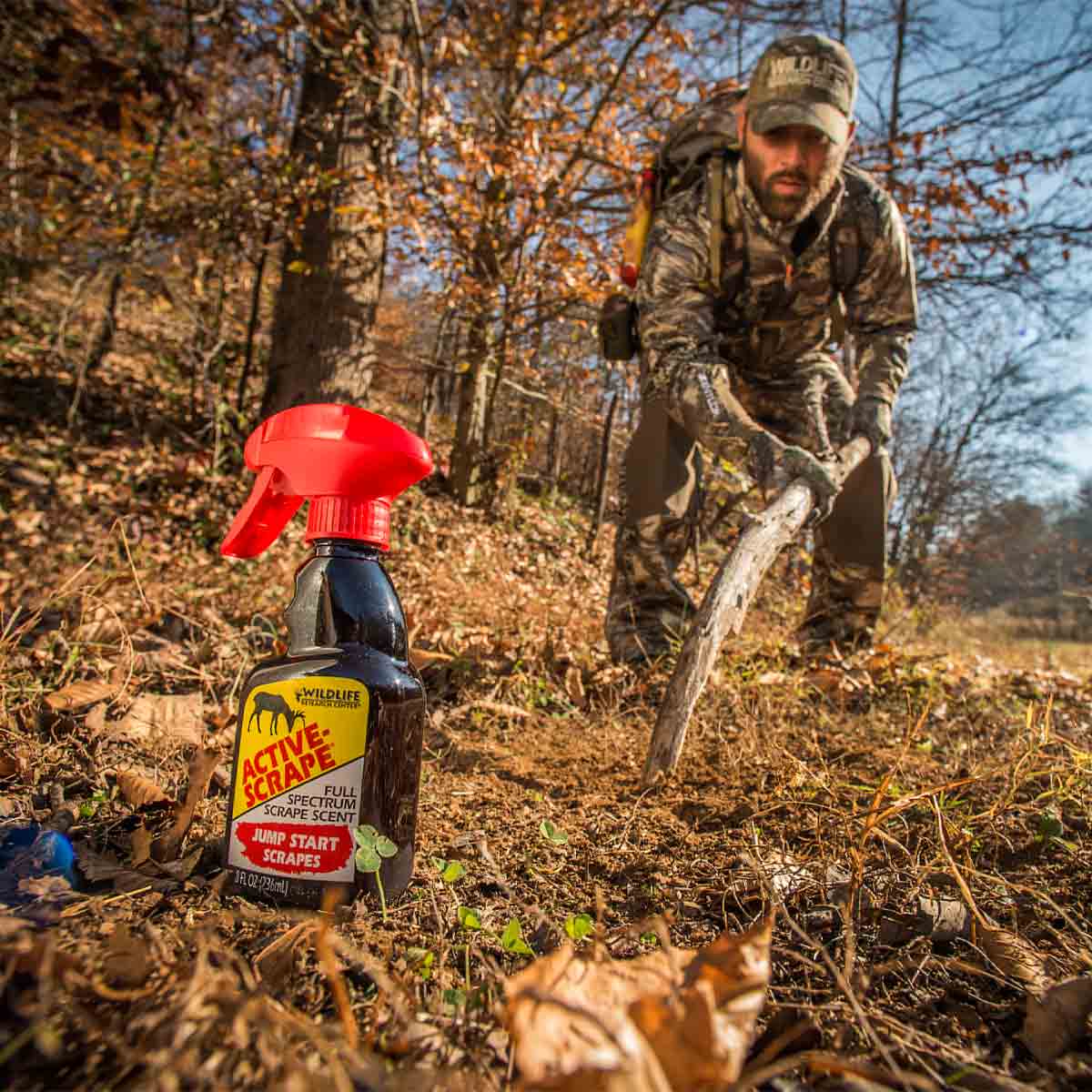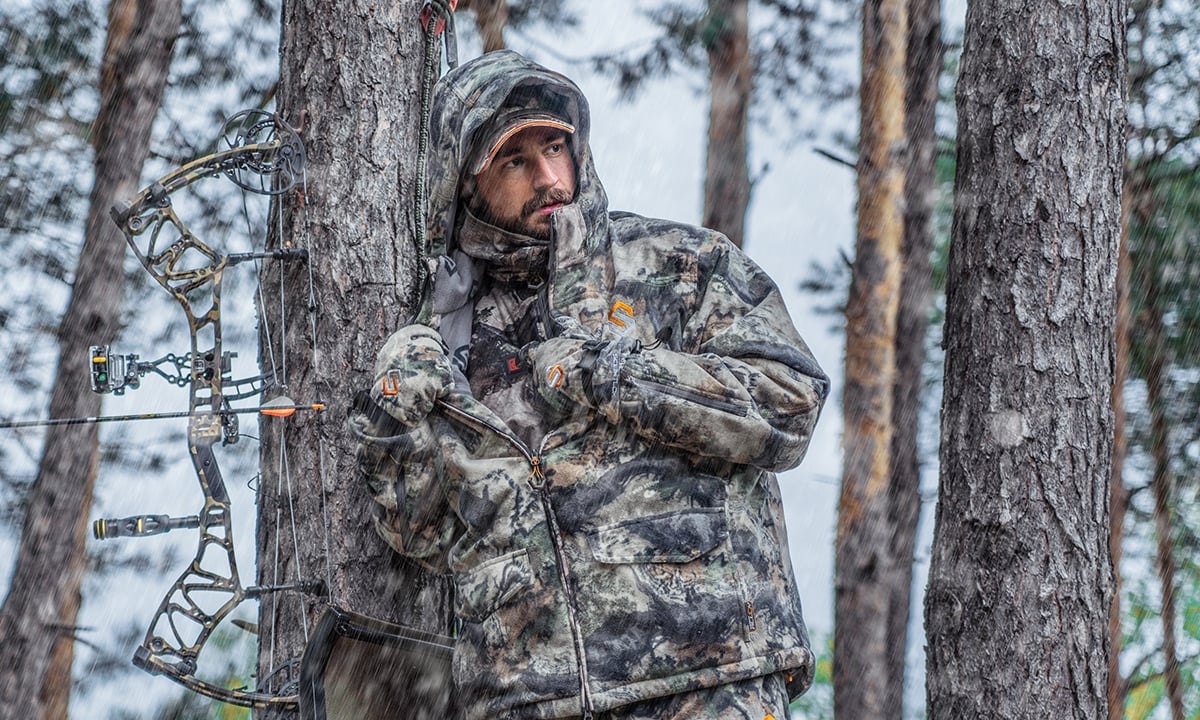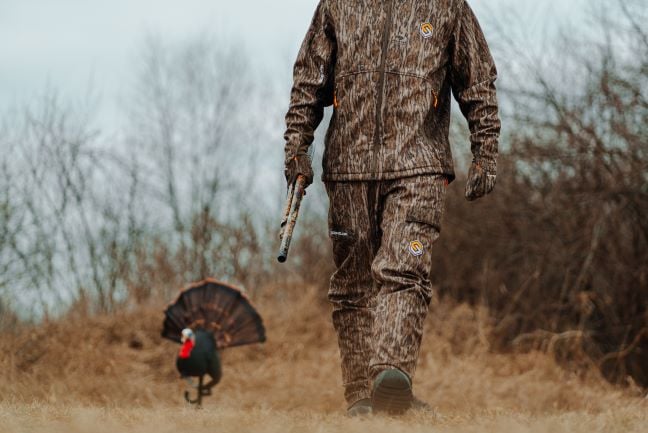Deer season may be months away or in the distant future, depending on what part of the country you live in, yet there is a good chance that you have already started to get the hunting bug for mature whitetail bucks. The season is getting close, and most have already started their preseason regimens to be prepared for opening day. Some may start by having game cameras up for several weeks, planting food plots, and hanging treestands in the best locations. Yet some wonder if they are hanging treestands in the right spots and what they need to look for during the summer to find better places to hunt. These are typical concerns among hunters who want to get an advantage through the summer months in order to close the deal on a trophy buck this fall.
To help get advice and tips on what to look for, when to scout, and where to hang the best treestands, I recently talked with Jason Say of Wired Outdoors T.V. to see how he closes the deal on mature bucks each year. Northwest Pennsylvania's Jason Say is the host of Wired Outdoors T.V., one of the original online hunting shows. Wired Outdoors has been on for fourteen years, and Say states that he has been blessed with some of the best sponsors in the hunting industry and is proud to have a successful show. One of Say's most prominent attributes is finding suitable hunting ground, putting work into it to make it an even better place to hunt, scouting until he finds a good buck, and dialing in on the hunt until he harvests a mature deer.
Whether you want to lease land, buy land, or simply find an excellent place to deer hunt, Say suggests starting by focusing on smaller pieces of property. "I look for small pieces of property that have deer on it, holds deer on it, and keeps them there," answers Say. He then added that he looks for food sources, water, and bedding areas. "Where you will usually find the majority of deer is where you at least have two of the three." He has become known for finding land that may have two of the three and turning it into a hot spot by making all three available.
"We plant a ton of food plots each year, we make improvements to create bedding areas, or whatever it takes to give the deer what they need to come and to stay on our land," says Jason.
Once you have found a place to hunt where there are many deer, it is time to start scouting and getting an inventory of what bucks are on your land. "Now is the time for hunters to be out scouting," states Say. He then added, "It's that time of year when bucks are in full velvet and getting fairly close to fully grown, which gets us excited because we can see what bucks are going to be shooters and what deer we are going to try to hunt during the upcoming season."

One of the most common ways to find deer on your land is by using game cameras. "The best way I get an inventory on what bucks are around is by using game cameras. "I put cameras out with a pile of corn in front of them, or I like using Big and J BB2." Say adds that he can only have corn out until a month before the season in his home state of Pennsylvania. "I have to have corn off of the ground around the middle of August because of our game laws." He says by not being able to have food on the ground; he likes to start game cameras as early as June and July. "I've had bucks on many occasions not show up on camera until a couple of weeks after hanging them," admits Say. The delay in bucks showing up is why he prefers having cameras up for an extended period.
Getting an inventory of what bucks are on the land is key to where Say will begin hanging stands or putting up blinds. "I shot a 154-inch buck three years ago and a 150-inch deer last year in Pennsylvania by hanging cameras, finding bucks, then honing in on them and getting close."
Say may not have corn or BB2 on the ground when the season begins, but he is still using game cameras to fine-tune his stand locations. "I am one of the biggest fans of cellular cameras," says Say. He added that he could take his 150" buck because of watching him on his cellular camera two weeks before the season. He then appeared in his food plot during the season. Say messed up and made the deer bust out of the plot in different directions. "I thought I messed it up for good, then a couple of days later, he showed up again on my cellular camera, and I ended up shooting him the next day." The stand location for Says hunt was farther from usual, so he could not check cameras regularly because of the distance. The far distance made it ideal for a cellular camera, and it paid off. It is vital to start cameras early to mid-summer to get a good inventory of bucks on your property. However, keep cameras going throughout the season to make the right moves to get close.

When looking for the best stand sites or where to set blinds, Say starts his scouting regimen in March, April, and May by doing the old-fashioned boots on the grounds scouting. "I like to start in March, April, or turkey season scouting for deer," he says. He likes to start looking for deer trails, bedding areas, saddles, food sources, and water sources during the spring. "I like to know a general area of where I will hang stands by early spring." He added, "I then run my game cameras throughout June, July, and August, but I am spending the last two months of the season planting food plots and hanging stands."
Say likes to know where he is putting stands several months before the season. As for a specific location of where he is hanging stands, he says that the number one thing he looks for is the best locations to be in between food sources and bedding areas. Once he finds these types of areas, he will go in and hang stands. Say is sure to mention that his stands may get moved as the season goes on. To fine-tune his stand locations to where deer are moving the best, he says that he will hang a couple of stands during the summer that allows him to see two hundred and fifty to three hundred yards. "I call them scouting stands or observation stands," states Say. He says that during the hunting season, he will sit in a scouting stand to simply watch deer from a distance and see where they are coming from, where they are going, and where they are spending the most time. When he sees enough movement to make a plan, he moves closer to that area to make his next move.

For serious deer hunters who want to get their chance at a trophy buck each year, the work never really ends. However, if you will heed Jason Say of Wired Outdoors T.V.'s advice and scout on foot during the spring, scout with cameras in the summer, adjust land to entice deer, and hang stands weeks before the season, the work will pay off. All that work will eventually become fun and a payoff when you harvest a buck in the fall.













